For many people, keeping a pet is a fun and companionable experience in life, but not all pets are suitable for every family. Some pets require extremely high maintenance costs and energy investment, and even require professional skills from the breeder. Whether it is the strict requirements for the environment or the complex eating habits, these pets often make many enthusiasts stay away.
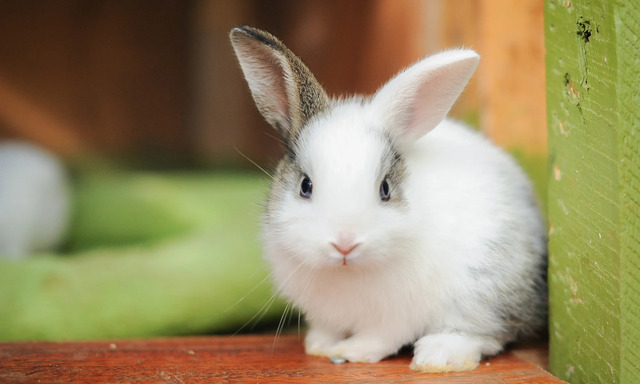
In this article, we will explore the top ten most difficult pets in the world to keep, and take a deep look at their special needs and the challenges faced in keeping these animals. Keeping these pets is not only a manifestation of love for animals, but also a symbol of responsibility and commitment.
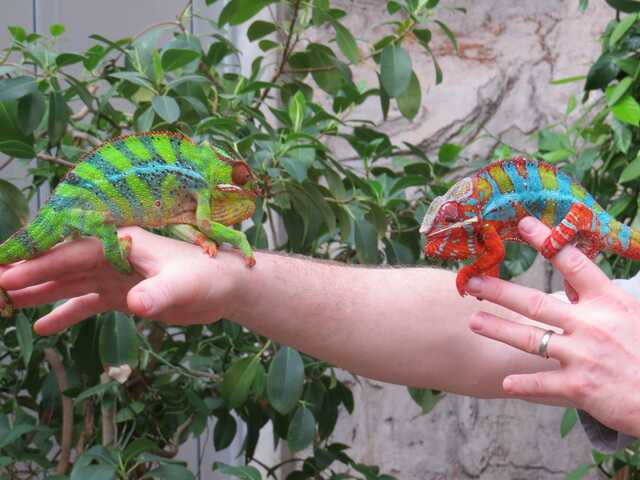
Chameleon, scientifically known as Chameleon, is a reptile belonging to the Chameleon family of the suborder Lizard, mainly living in trees in the Old World. Their distinctive feature is the ability to change body color. Every two or three toes are combined to form two pairs of toes, and they have a slender tongue that can be extended. Nowadays, more and more people choose to keep chameleons because many people have a special liking for this reptile.
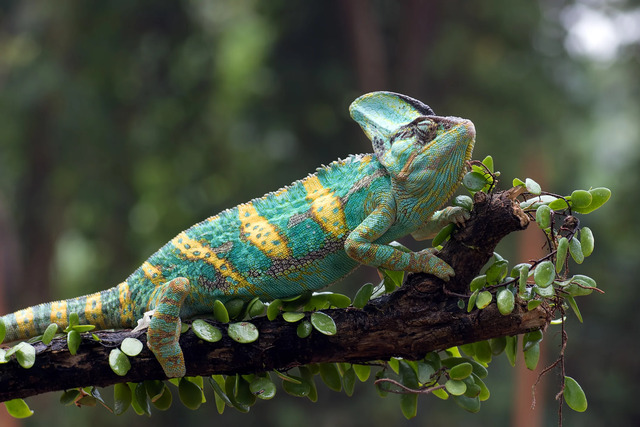
However, chameleons are difficult to keep. Whether in summer or winter, if the temperature is not well controlled, they are easy to die. Usually, a special breeding box is needed to keep chameleons, which can adjust the temperature so as to provide the most suitable living environment for chameleons.
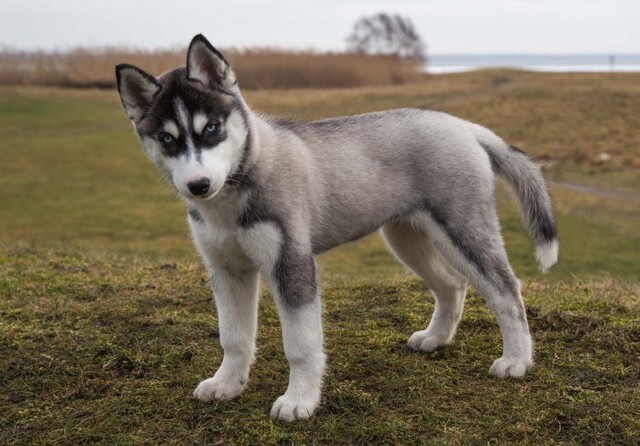
Husky, officially known as Siberian Husky, commonly known as Erha, is a very popular pet worldwide. Originally, Husky was a breed of dog raised by the Inuit Chokzhi nomads of East Siberia for tasks such as pulling sleds, large-scale hunting, village protection, guiding reindeer, and guarding. Therefore, Husky is one of the most energetic dogs.
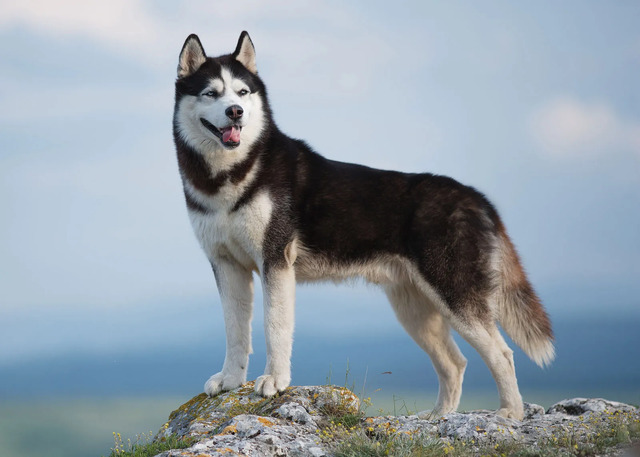
Regarding IQ, Huskies are ranked about 45th, ranging from 40-54, and their IQ and obedience are at a medium level. Therefore, Huskies' IQ is not as worrying as everyone says.
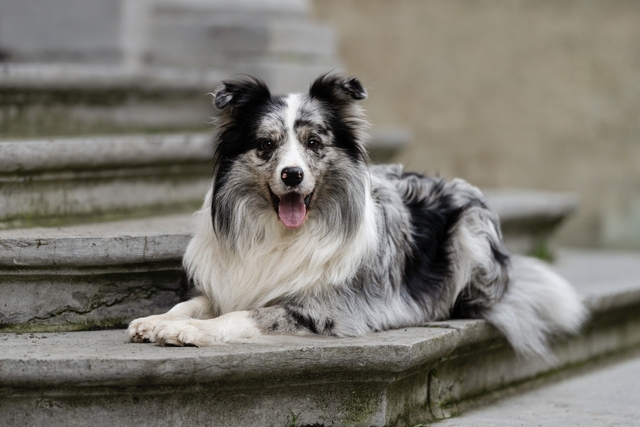
Border Collies originated from the Scottish border and are a type of Collie. They have a strong herding instinct, are intelligent and observant, and can accurately understand the owner's instructions. They rank first in the global dog breed IQ ranking. Border Collies can adapt to harsh climates.
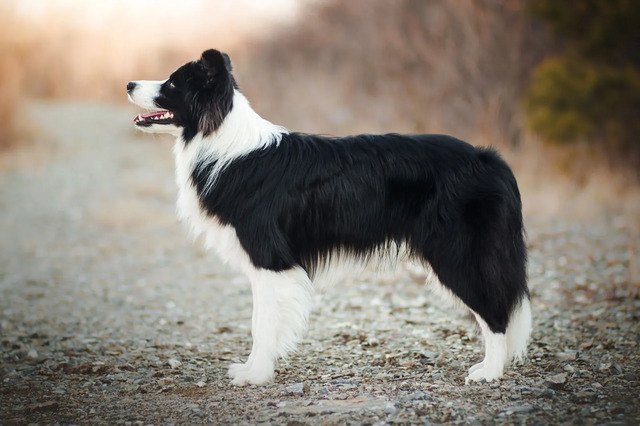
Common coat colors include black and white, blue and white, and brown and white, as well as tricolor coats dominated by black, blue and brown. They are characterized by intelligence, strong learning ability, high comprehension, easy training, gentleness, loyalty and excellent obedience. Border Collies are mainly distributed in the United Kingdom, the United States, Australia and New Zealand.
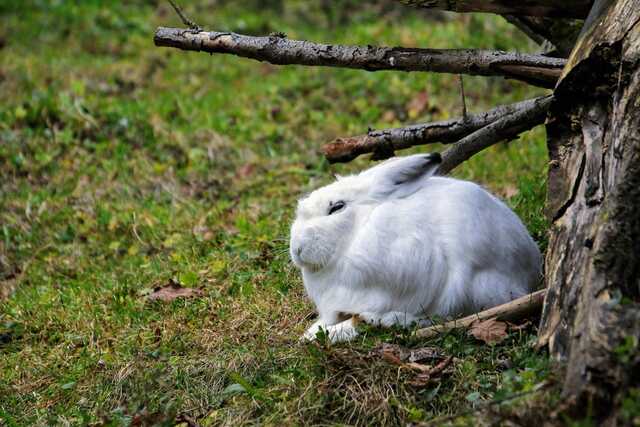
Rabbits are mammals, belonging to the Lagomorpha family, and are generally called rabbits. In biological classification, rabbits are a member of the phylum Chordata, subphylum Vertebrata, class Mammalia, and order Lagomorpha.
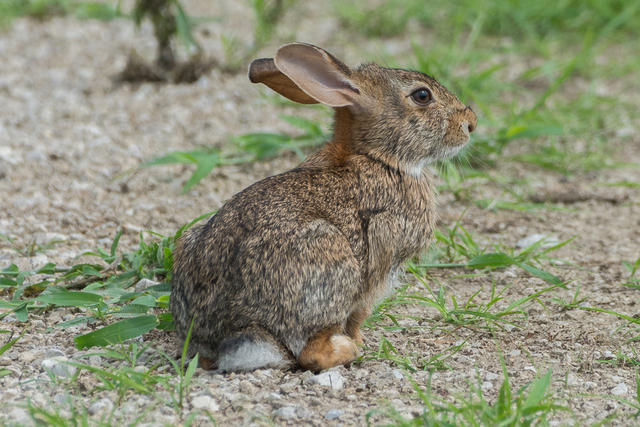
Rabbits are very timid creatures, and sudden noises, strangers, or strange animals such as cats and dogs can make them panic. In addition, there are very few pet hospitals that specialize in treating rabbits, which makes many rabbit owners feel very worried and helpless when their pets are sick.
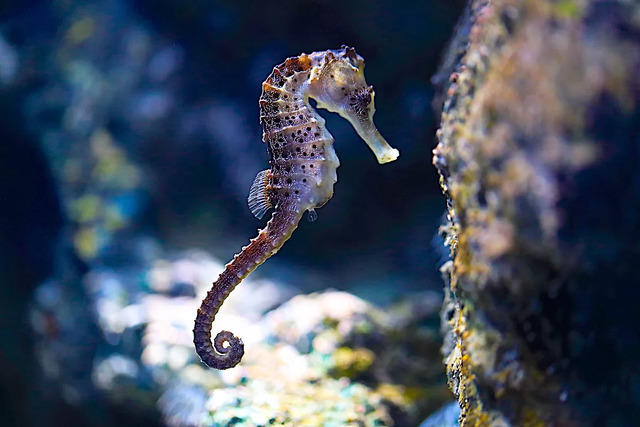
Seahorse is a small marine creature belonging to the Syngnathidae family of the order Acanthopanax. It mainly lives in warm seas and is usually between 5 and 30 cm long. Because its head is bent at a nearly right angle to the body and looks like a horse's head, it is named "seahorse". The seahorse's snout is long and tubular, with a small mouth, a dorsal fin composed of fin rays, and unique eyes that can move independently.
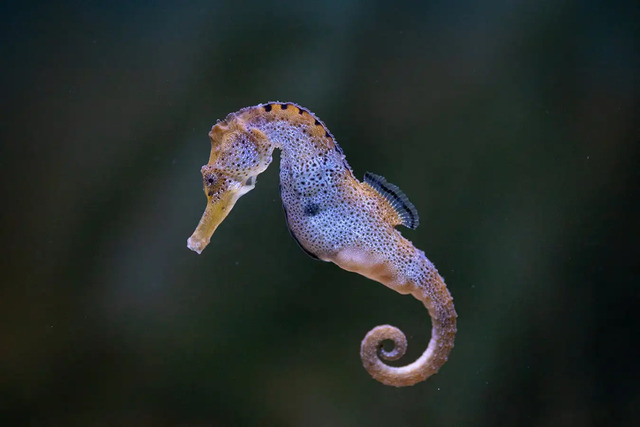
Due to the special mouthparts and predation habits of seahorses, artificial feed cannot meet their needs. Generally, at least frozen brine shrimp or mysid shrimp are needed to feed them. If you want to keep seahorses for a long time, you need to hatch brine shrimp yourself to ensure that there is enough live bait for them to eat.
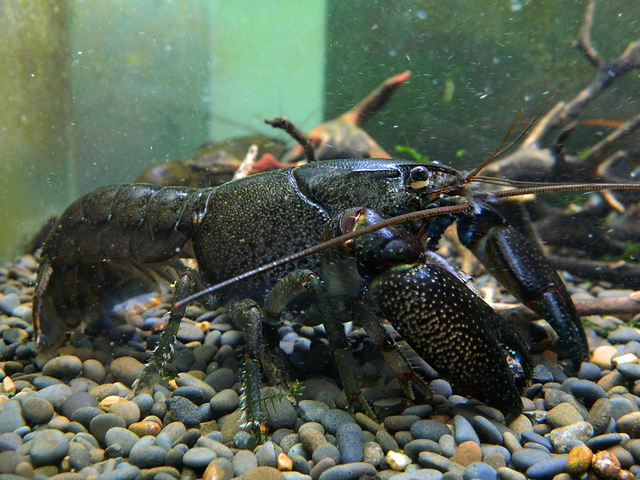
Black Magic Shrimp is native to southwest Australia. With its black shell and bright red long mane, it has become a star in aquariums in recent years. Black Magic Shrimp does not like high temperatures, so it digs caves to live in its native habitat to avoid high temperature environments. It has very strict requirements on water quality, and the most suitable water temperature for breeding is 15 to 25 degrees Celsius.
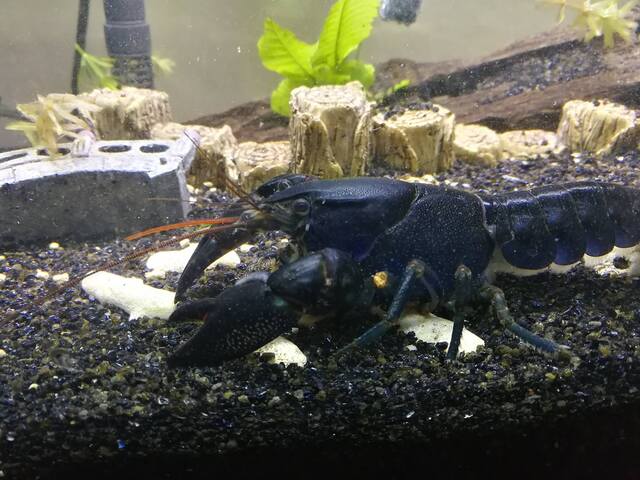
The breeder needs to change the water frequently, but only two-thirds of the water can be replaced each time to avoid excessive changes in water temperature, which will make it difficult for the black shrimp to adapt, otherwise it will easily lead to its death.
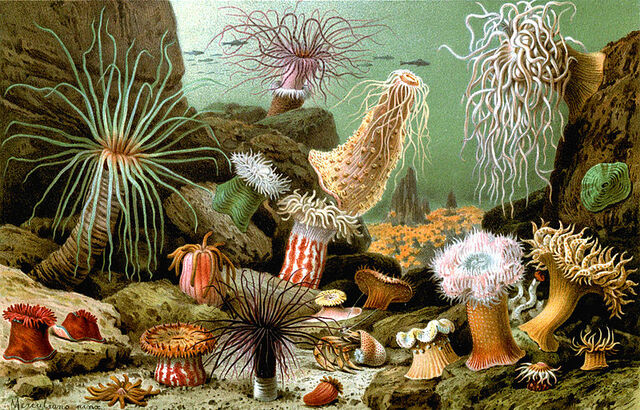
Sea anemone is a carnivorous animal living in water, belonging to the Hexacorallia in the Cnidaria. This simple-structured creature is not only edible, but also often kept as a pet. Although the sea anemone looks like a flower, it is actually a predatory creature. Many people like to keep sea anemones in the bathtub, but this is not easy.
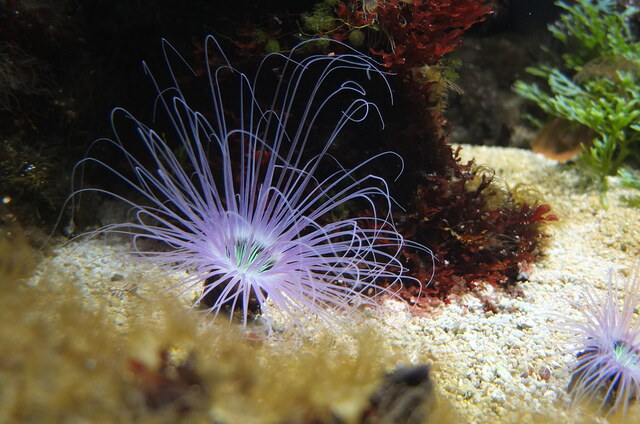
In addition to maintaining a stable level of protein, the intensity and wavelength of light must be precisely controlled, otherwise the sea anemone will easily die. In addition, the sea anemone will release toxins in its body before dying, making other creatures in the fish tank also unable to escape the doom.
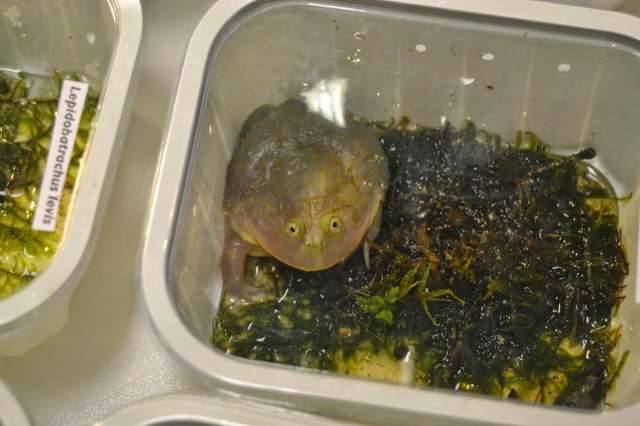
Clown frog, full name cat's eye pearl frog, belongs to the cat's eye frog genus of the family Microdactylidae, and is a unique amphibian. Raising clown frogs requires certain skills, which is far from as easy as raising cats and dogs. First of all, the water temperature must be kept at around 28 degrees, and filters and shelters need to be installed.
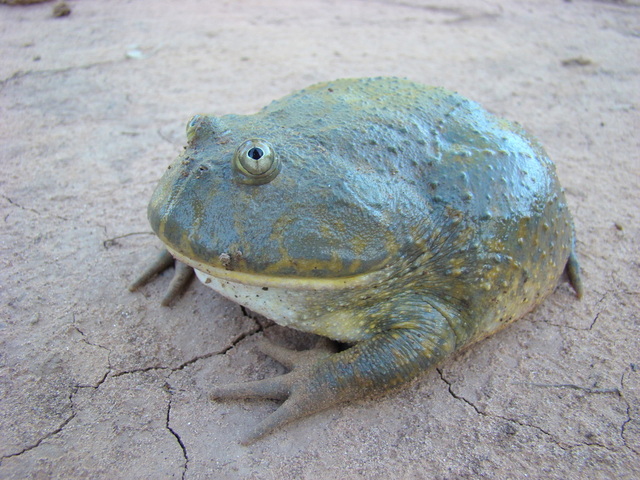
Although clown frogs have strong digestive abilities, they cannot be fed too much at one time to avoid being bloated to death. The types of food should be diversified to prevent them from becoming picky eaters, so food needs to be changed frequently. When clown frogs enter hibernation, they should also be fully prepared.
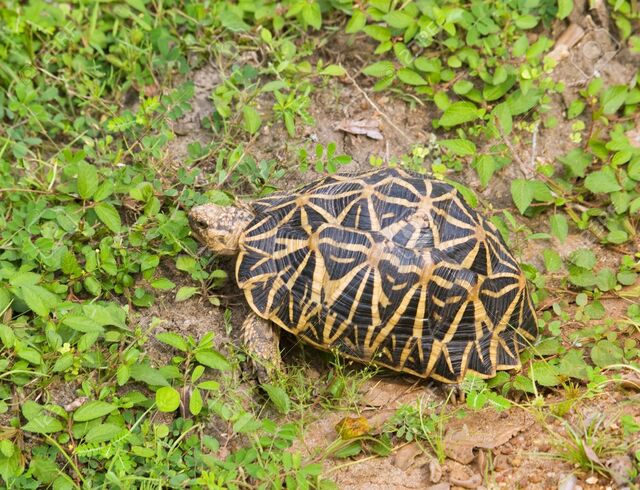
The Indian Star Tortoise, also known as the Indian Star-spotted Tortoise or Star Tortoise, is a reptile belonging to the genus Testudinidae, mainly distributed in India, Pakistan, Sri Lanka, Syria and Iraq. In 1997, a small number of Indian Star Tortoises were introduced to China. The carapace of the Indian Star Tortoise is dark black, and each shield is covered with light yellow radial stripes, which looks like stars in the night sky.
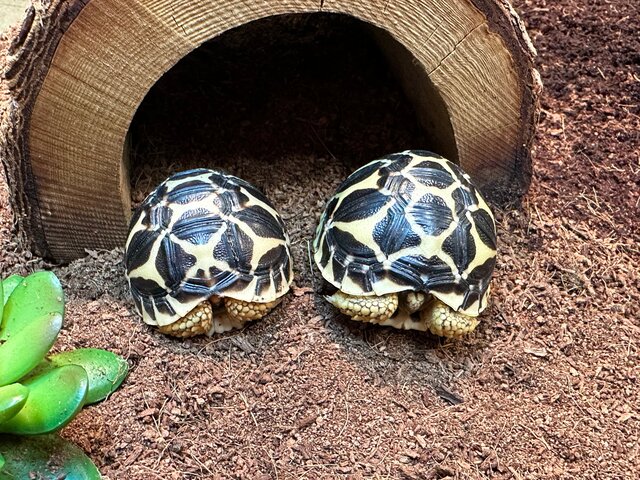
It is very beautiful and is deeply loved by turtle lovers. They like to live on flat grasslands, and their food includes fruits, prickly cacti, plants with thick stems and leaves, and thistles. In artificial breeding, Indian Star Tortoises can live 30 to 50 years.
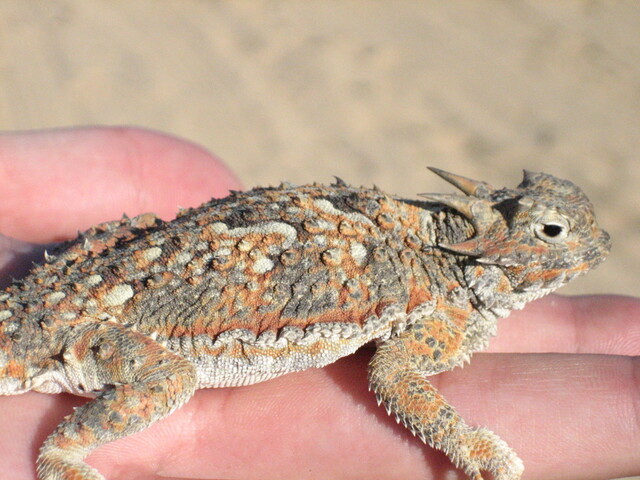
The horned toad lizard, also known as the coastal horned lizard, crowned horned lizard, crowned horned lizard or short horned lizard, is widely distributed in the United States, Canada and Mexico. In these areas, there are six subspecies of horned toad lizards. As a terrestrial lizard, the horned toad lizard mainly lives in rocky deserts. Adult horned toad lizards are about 7 to 13 cm long. Although they look rough on the outside, they are actually very smooth. They have spikes on their heads, backs and sides. When threatened, they can spray blood from their eyes to defend themselves.
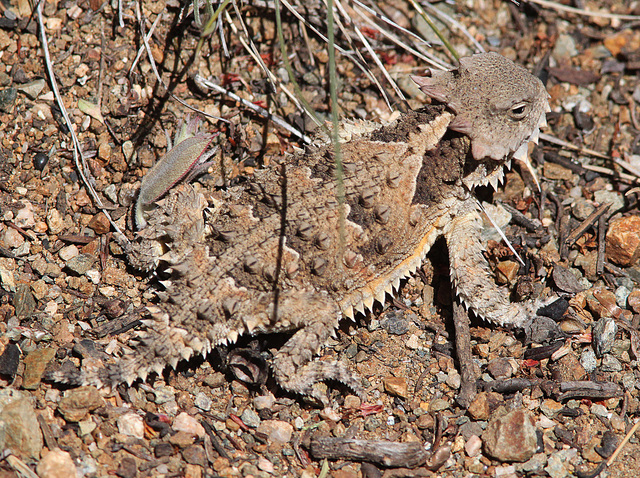
This lizard is suitable for breeding, but it cannot be given water directly. You must use a sprayer to wet its mouth to induce it to drink water. In addition, they need to eat a special kind of ants to regulate the pH value in their bodies.
The ranking of the top ten most difficult pets to keep is mainly based on the relevant information such as the breeding environment, breeding requirements, and breeding difficulty of each pet, and is recommended by referring to the relevant rankings/lists on the Internet. The list is for reference only to help you understand the top ten most difficult pets to keep. If you have any questions, please comment/criticize at the end.
animal tags: Indian-Star-Tortoise Clown-frog Sea-anemone Seahorse Husky Chameleon
We created this article in conjunction with AI technology, then made sure it was fact-checked and edited by a Animals Top editor.